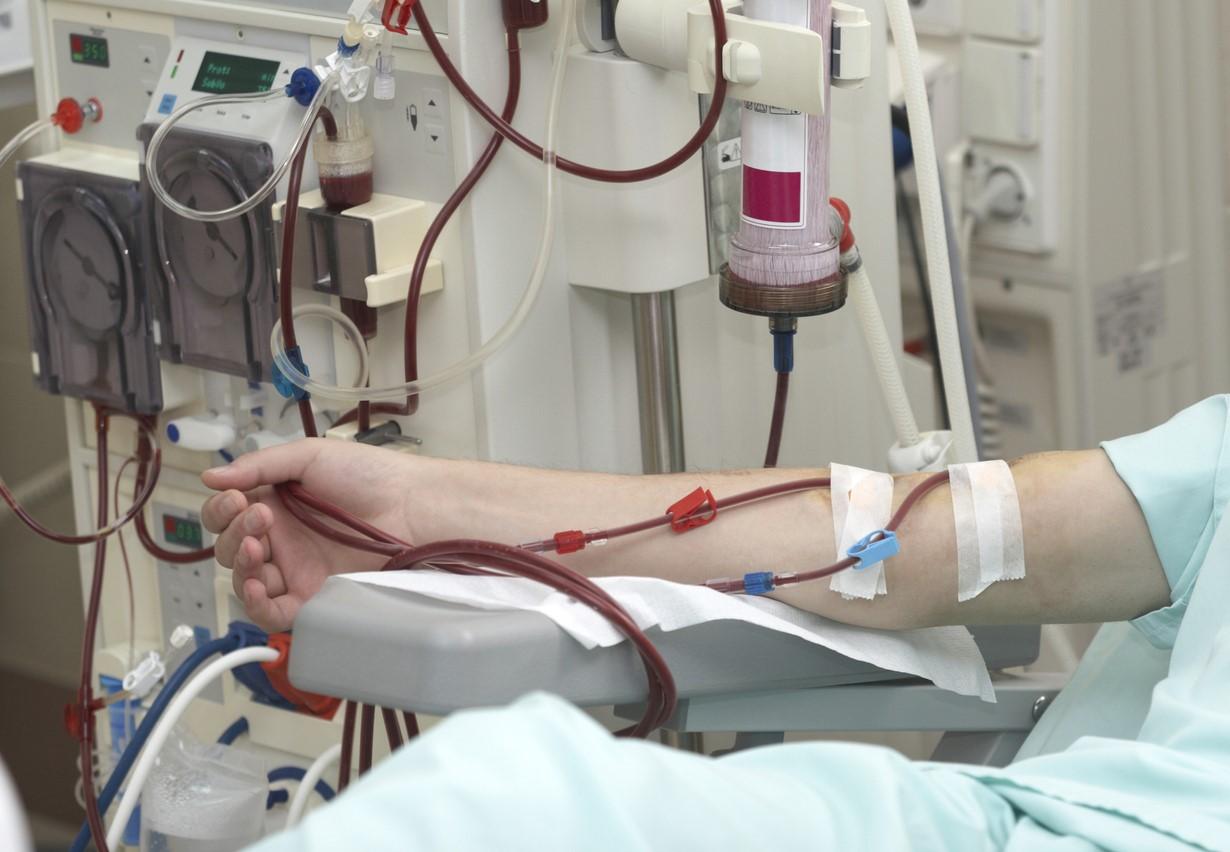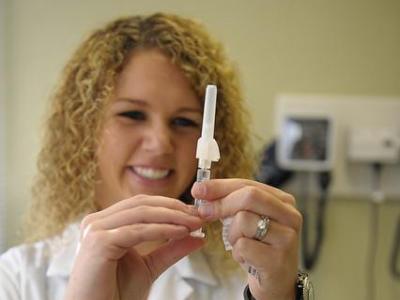Among patients with kidney failure who underwent dialysis at clinics several times a week, the risk of COVID-19 infection was highest in those who were older, had diabetes, lived in communities with high coronavirus prevalence, and received dialysis at clinics serving more patients, finds a study yesterday in the Clinical Journal of the American Society of Nephrology.
Led by British researchers, the study also showed that COVID-19 infection risks were lowest among patients who received dialysis in clinics with more isolation rooms and mask policies for all patients, including those with no coronavirus symptoms.
17% COVID test positivity rate
The researchers mined electronic health record data on 5,755 patients who underwent dialysis in 51 clinics at seven kidney centers in London. Seventeen percent of patients tested positive for COVID-19 from Mar 2 to May 31, 2020, and 8% were hospitalized with suspected or confirmed coronavirus infection. No link was observed between infection or hospitalization and sex, ethnicity, or socioeconomic indicators.
Risk factors for time to COVID-19 infection or hospitalization included advanced age (hazard ratio [HR], 1.01), diabetes (HR, 1.20), and COVID-19 prevalence in patient home communities (HR, 1.17). These factors were also associated with hospitalization on its own (HRs, 1.02, 1.22, and 1.14, respectively).
Similarly, higher numbers of isolation rooms per station were tied to lower risk for COVID-19 infection but not hospitalization, and the authors suggested that the ability to isolate patients with suspected or confirmed COVID-19 helps prevent onward virus spread. Isolation strategies at different kidney centers weren't associated with likelihood of infection or hospitalization.
"These data suggest community levels of COVID-19, along with a small contribution of unit-factors and masking, determine how the infection burden evolves," the authors wrote.
Patients were, on average, 63 years old, 39% were female, and 42% had diabetes. Of all dialysis patients, 35% were White, 29% were Black, and 22% were Asian.
Unique risks of dialysis patients
The authors noted that dialysis patients who receive treatment in centers rather than at home face unique infection risks amid the pandemic. In addition to kidney disease, dialysis patients also have high rates of diabetes and cardiovascular disease, and they include large proportions of Black and other at-risk minority racial groups and socioeconomically disadvantaged populations.
In an American Society of Nephrology news release, lead study author Ben Caplin, MBChB, PhD, of University College London, said the study confirms that patients receiving dialysis at centers have high rates of COVID-19 and suggests that viral transmission occurs in dialysis units and communities.
"The work also suggests that in addition to isolation of confirmed cases, addressing factors that might reduce transmission from patients without suspected or confirmed disease might provide an additional opportunity to further modify the impact of COVID-19 in this population," Caplin said.



















